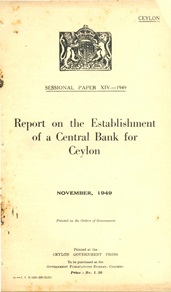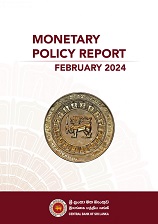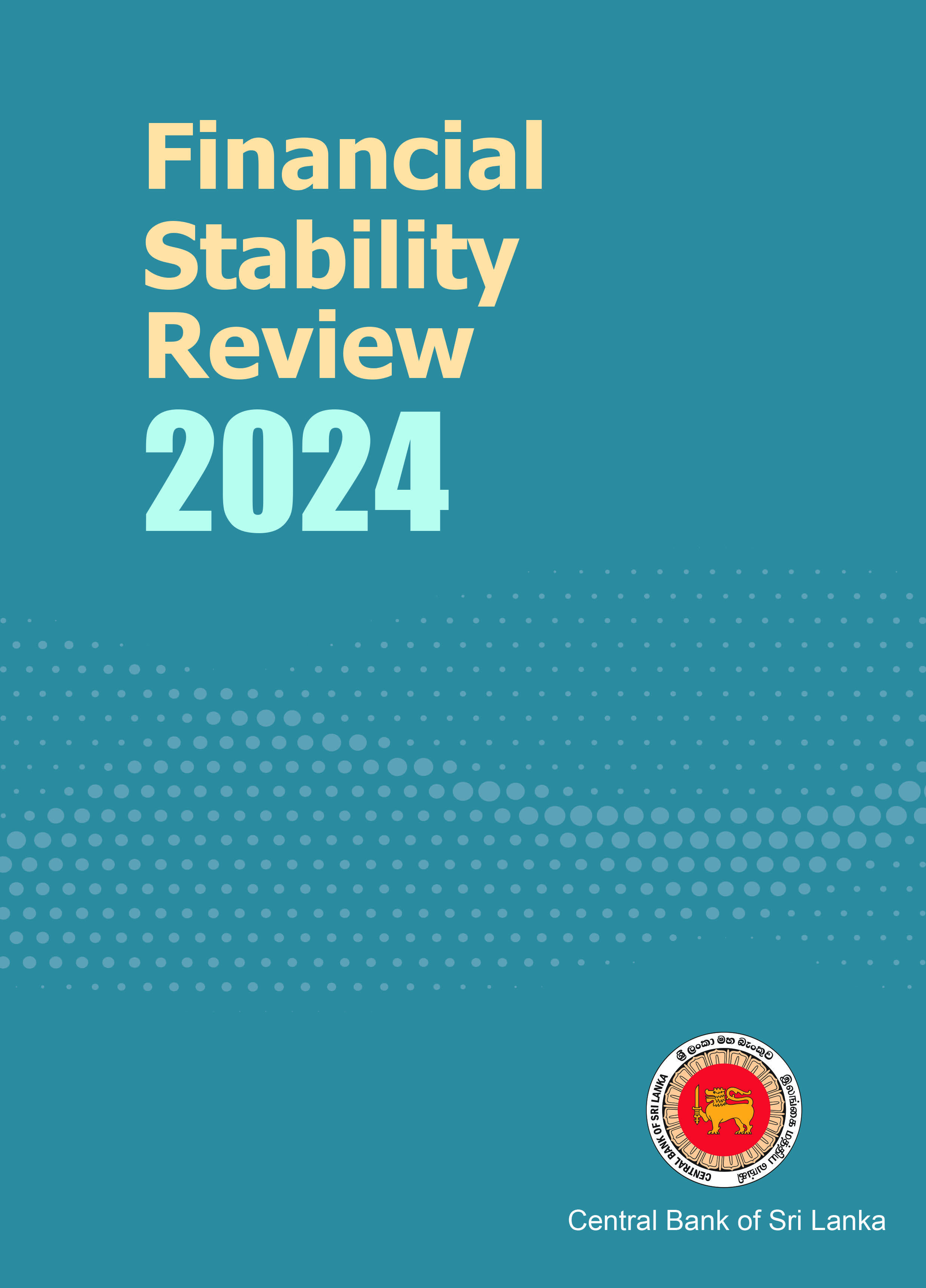Microfinance Sector
Microfinance is defined as “provision of financial services to low income people” by the Consultative Group to Assist the Poor (CGAP). It brings credit, savings and other essential financial services to people who are too poor to be served by regular banks, mainly because they are unable to offer sufficient collateral. Microfinance is expected to expand and improve income generation activities and capacities of low income persons. Therefore, it is expected that through microfinance the living conditions of low income persons would improve, while they take on an active role in the economic development of the country.
Sri Lanka has a long history in having a rudimentary system of microfinance. ‘Cheetu’ in Sri Lanka, operating at least since the early 20th century, is an informal but an effective way of savings and capital accumulation, and therefore, functions as a basic method of microfinance for the poor. The microfinance sector in Sri Lanka has grown into a diverse range of institutions and products and represent a significant method of financial inclusion, and empowerment for the low income and poor segments of the society.
There is a variety of institutions providing microfinance in Sri Lanka, such as licensed banks, licensed finance companies, co-operative rural banks, thrift and credit co-operatives societies, divinaguma banks and other community based organizations, microfinance companies, non-governmental organizations that engage in microfinance business. Some of these institutions are regulated under different authorities. Licensed banks and licensed finance companies are regulated by the Central Bank. Co-operative rural banks and thrift and credit co-operatives societies are regulated by the Department of Cooperative Development, with Divinaguma Banks being regulated by the Department of Divinaguma Development. However, there were many microfinance providers that are not under the purview of a regulatory authority.
Importance of Microfinance
Most of the low income people lack access to basic financial services. Hence, the challenge of providing financial services to them still remains. Increased access to finance among the low income population would contribute towards income generation activities, and thereby improve savings habits as well as their living standards. Further, “the microfinance services helps people fight poverty on their own terms, in a sustainable way” (CGAP, 2006). Therefore, microfinance is a powerful instrument for the poor, in the form of financial services directed specifically towards poverty reduction, enabling the poor to build assets, increase their income, and reduce their vulnerability to economic stress. As a result, the poor can improve their living conditions, while taking an active role in economic activities.
Need for a Regulatory Mechanism for Microfinance
Unregulated microfinance activities may lead to illegal deposit mobilization, exploitation of customers through excessive interest rates and unethical recovery methods. Furthermore, poor corporate governance in these institutions would lead to poor repayment rates, high transaction costs and recurring losses, leading the organizations to distress. Deposit-taking institutions, if not regulated or supervised, pose a threat to the financial system stability, as the safety of deposits mobilized are not ensured. Exploitation of customers by these unregulated institutions would adversely affect the recipients of microfinance and keep the low income and poor segments within the 'cycle of poverty', affecting the economic development of the country. At the same time such practices would affect the consumer confidence in the financial sector, including confidence in the formal regulated sector. Low confidence in the financial sector would adversely affect the financial system stability, maintenance of which is an object of the Central Banks of Sri Lanka, as provided in the Central Bank of Sri Lanka Act No. 16 of 2023. Therefore, there was a necessity to regulate and supervise the aforesaid unregulated entities engaged in microfinance business in Sri Lanka. Therefore, there was a necessity to regulate and supervise the aforesaid unregulated entities engaged in microfinance business in Sri Lanka.
The Microfinance Act No 6 of 2016
For over a decade several attempts were made to enact legislation to regulate the unregulated institutions in the microfinance sector in Sri Lanka. Finally, the Parliament enacted the Microfinance Act, No. 6 of 2016 (the Act), which came into effect on 15th July 2016. The Act provides for the licensing, regulation and supervision of companies carrying on microfinance business, which are called licensed microfinance companies (LMFCs). LMFCs would be directly regulated by the Monetary Board of the Central Bank of Sri Lanka (the Monetary Board). The Act provides for the registration of Microfinance Non-Governmental organizations (MNGOs) registered under the Voluntary Social Services Organizations (Registration and Supervision) Act, No. 31 of 1980 (VSSO Act), by the Registrar of Voluntary Social Service Organizations (the Registrar).
The Act provides a definition of the microfinance business, which is,
“Accepting deposits and providing:-
(a) financial accommodation in any form;
(b) other financial services; or
(c) financial accommodation in any form and other financial services
mainly to low income persons and micro enterprises…..”










